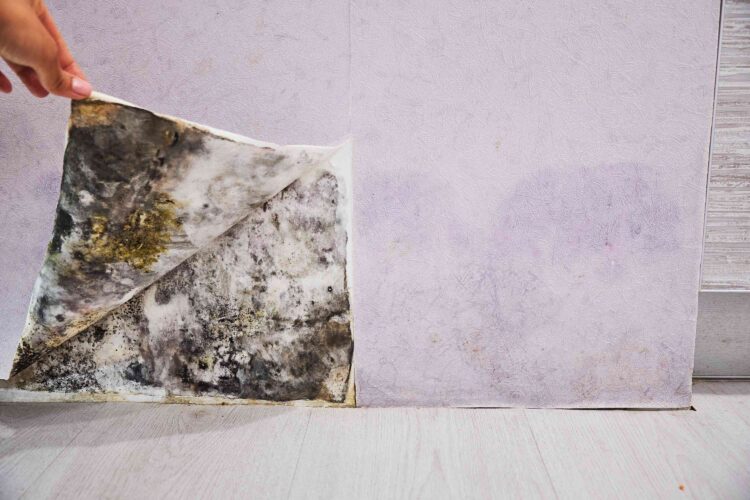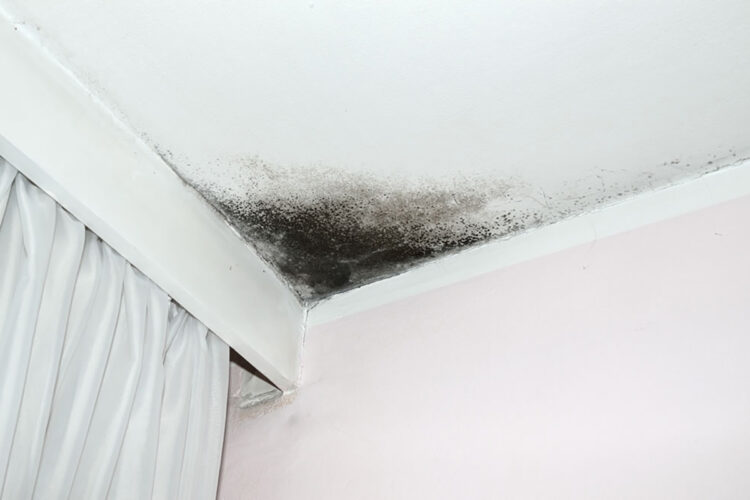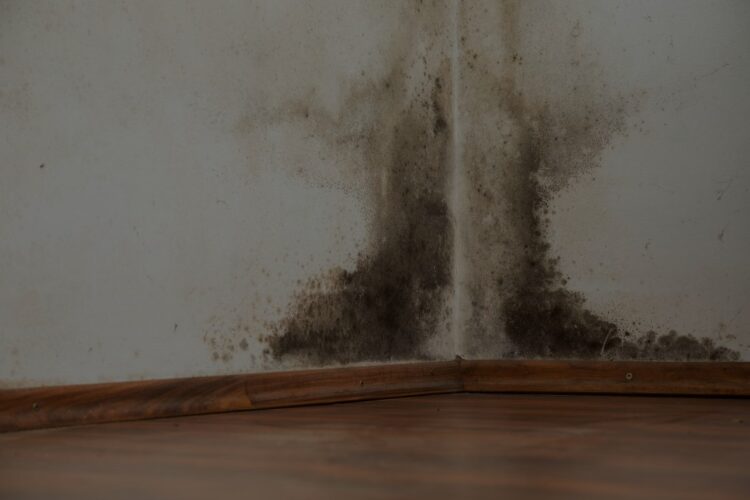Navigating the murky waters of black mold testing can feel overwhelming for homeowners and renters alike. Mold, particularly the notorious black variety, thrives in damp, hidden corners of our living spaces, often lurking unseen until its presence becomes a health hazard.
Unfortunately, many individuals make common mistakes during the testing process, leading to inaccurate results and potential health risks. From improper sampling techniques to neglecting the environmental factors that contribute to mold growth, these missteps can undermine the efficacy of mold assessments.
This article delves into the three prevalent pitfalls associated with black mold testing and offers practical strategies to ensure a thorough and reliable investigation. Whether you’re a seasoned property manager or a first-time homeowner, arming yourself with knowledge is the first step toward safeguarding your living environment.
1. Skipping Preliminary Visual Inspections

One of the most critical missteps in Black Mold Testing is skipping preliminary visual inspections. Rushing into testing without a thorough examination of the area can lead to significant oversights.
A trained eye can spot early indicators of moisture, water damage, or hidden mold that testing alone might miss. The corners of the basement, behind the walls, or under the carpet—these are often the breeding grounds for mold, thriving in darkness and dampness.
While air or surface tests can provide data, they cannot capture the full picture without context. A meticulous visual inspection not only helps identify the problem areas but also informs the type of testing needed, ensuring a comprehensive assessment of the mold situation at hand.
Neglecting this step not only undermines the testing process but could also exacerbate the issue, leading to higher remediation costs down the line.
2. Relying Solely on Air Samples

Relying solely on air samples for black mold testing can lead to a dangerously incomplete picture of your indoor environment. While air quality assessments can provide insight into spore levels suspended in the air, they ignore the hidden reservoirs of mold growth often lurking in dark corners, behind walls, or beneath floorboards.
Mold does not simply float in the air; it takes root, creating colonies that may not be captured in a single air sample. Furthermore, fluctuations in humidity, airflow, and even seasonal changes can cause readings to vary dramatically, thus creating a false sense of security or undue panic.
A comprehensive approach should include surface testing and a thorough visual inspection, ensuring that you identify not just the spores in the air but also the potential sources of infestation that could jeopardize your health and home. Ignoring these factors might cost you more than just money; it risks the well-being of everyone inhabiting the space.
3. Ignoring Environmental Factors During Testing

Ignoring environmental factors during black mold testing can lead to misleading results and misguided remediation efforts. Many homeowners assume that mold exists in isolated pockets, but the truth is far more complex.
Variables such as humidity levels, airflow patterns, and even seasonal changes can dramatically influence mold growth and spore dispersal. For instance, a damp basement may seem like the main culprit, but if test samples are taken without considering the upstairs bathrooms recent leak, the full scope of the issue remains obscured.
Conducting thorough assessments that account for these environmental influences is essential; otherwise, the testing process may overlook hidden reservoirs of mold, resulting in a false sense of security and an incomplete solution. In short, context matters—so take the time to scrutinize the surrounding conditions before jumping to conclusions.
Conclusion
In conclusion, understanding the common missteps in black mold testing can significantly improve the accuracy and efficacy of mold remediation efforts. By avoiding pitfalls such as selecting unqualified testers, ignoring relevant environmental factors, and misinterpreting test results, homeowners can ensure a more thorough assessment of their living spaces.
Being proactive and informed allows for better decision-making and ultimately fosters a healthier indoor environment. By following the guidelines outlined in this article, individuals can empower themselves to tackle mold-related challenges with confidence and clarity.

